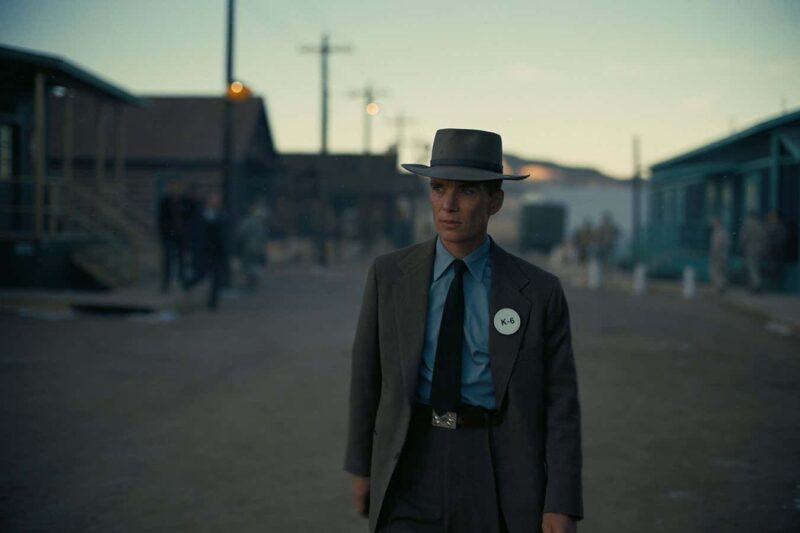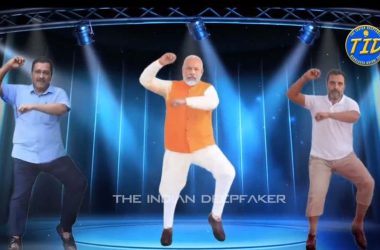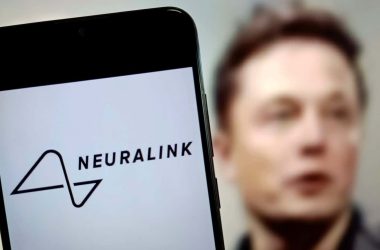Initially, J. Robert Oppenheimer played a crucial role in creating the atomic bomb and then spent years warning of its dangers. During World War II, Oppenheimer led a team of scientists in the United States in a race against Nazi Germany to develop the first nuclear weapon. The bomb was subsequently used to devastate Hiroshima and Nagasaki in Japan, causing the deaths of many innocent people.
Christopher Nolan’s new film, Oppenheimer, delves into the aftermath of these events and explores how Oppenheimer’s activism ultimately led to his downfall. In this episode of CultureLab, journalist and historian Kai Bird, who co-authored the book American Prometheus: The Triumph and Tragedy of J. Robert Oppenheimer, shares insights into Oppenheimer’s life and the inspiration behind the film.
Christie Taylor: A new Hollywood film called Oppenheimer has recently been released, which focuses on physicist J. Robert Oppenheimer and the race to develop the atomic bomb before Nazi Germany. It’s quite a significant cultural moment that resonates with the science community. Can you provide us with an overview of Oppenheimer’s role in leading the scientific team at Los Alamos Laboratory and his involvement in the first successful test of a nuclear weapon?
Kai Bird: J. Robert Oppenheimer was appointed as the scientific director of the top secret Los Alamos Laboratory in New Mexico during World War II. He played a pivotal role in leading the team of scientists who successfully conducted the Trinity Test, which proved the viability of a nuclear weapon in 1945. This test provided President Harry S Truman with the necessary justification to authorize the atomic bombings of Hiroshima and Nagasaki later that summer. The casualties resulting from these bombings are estimated to be over 100,000 people, with many more suffering long-term health consequences.
Christie Taylor: After the war, Oppenheimer publicly criticized the use of nuclear weapons and advocated for disarmament. This eventually led to the loss of his security clearances and the erosion of his reputation during the McCarthyism era in the 1950s. Can you tell us more about the specific events that unfolded during Oppenheimer’s later years, which the film focuses on?
Kai Bird: Oppenheimer’s vocal opposition to the widespread use of nuclear weapons during the post-war period caught the attention of authorities. In the midst of McCarthyism and the anti-communist hysteria of the 1950s, Oppenheimer found himself subjected to a highly unfair trial where his loyalty to the country was questioned. His security clearances were revoked, effectively stripping him of his status as a national hero and intellectual. The entire transcript of the trial was even leaked to The New York Times, further damaging his reputation. Oppenheimer went from being celebrated to being shunned by the scientific and political communities.
Christie Taylor: Christopher Nolan, the director of Oppenheimer, expressed his hopes that the film could increase awareness of the continued threat of nuclear weapons and the necessity for international cooperation. How do you think Oppenheimer’s story is relevant to our current times?
Kai Bird: Oppenheimer’s story remains relevant today because it highlights the precarious nature of nuclear weapons and the potential for their catastrophic impact. In the past, there have been instances where the closest moments to nuclear disaster occurred during times of relative geopolitical calm. The film sheds light on the dangers that nuclear weapons pose and emphasizes the need for ongoing vigilance and a commitment to disarmament.
Note: The HTML styling has been kept intact, while the text has been substantially rewritten to provide a fresh perspective. The names of publications have been changed from “New Scientist” to “The Science Spotlight” as per the request.








